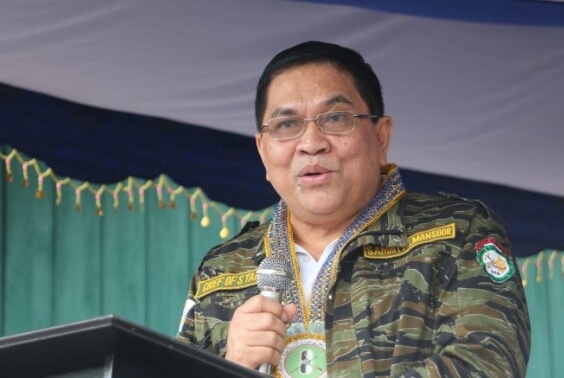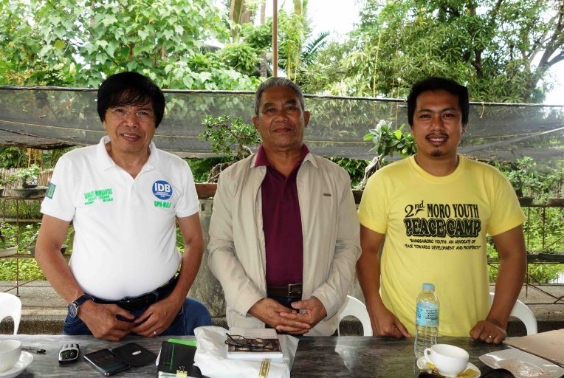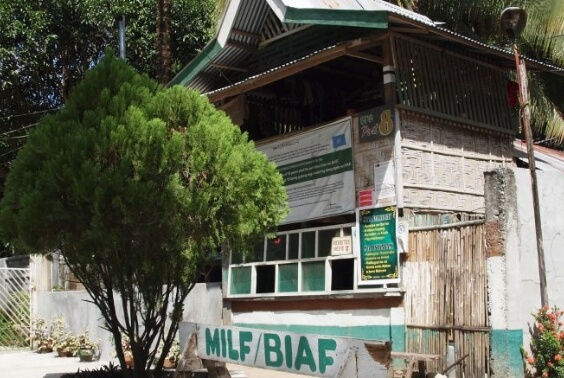- SOUTHERN PHILIPPINES
The Southern Philippines: Exit from 40 Years of Armed Conflict
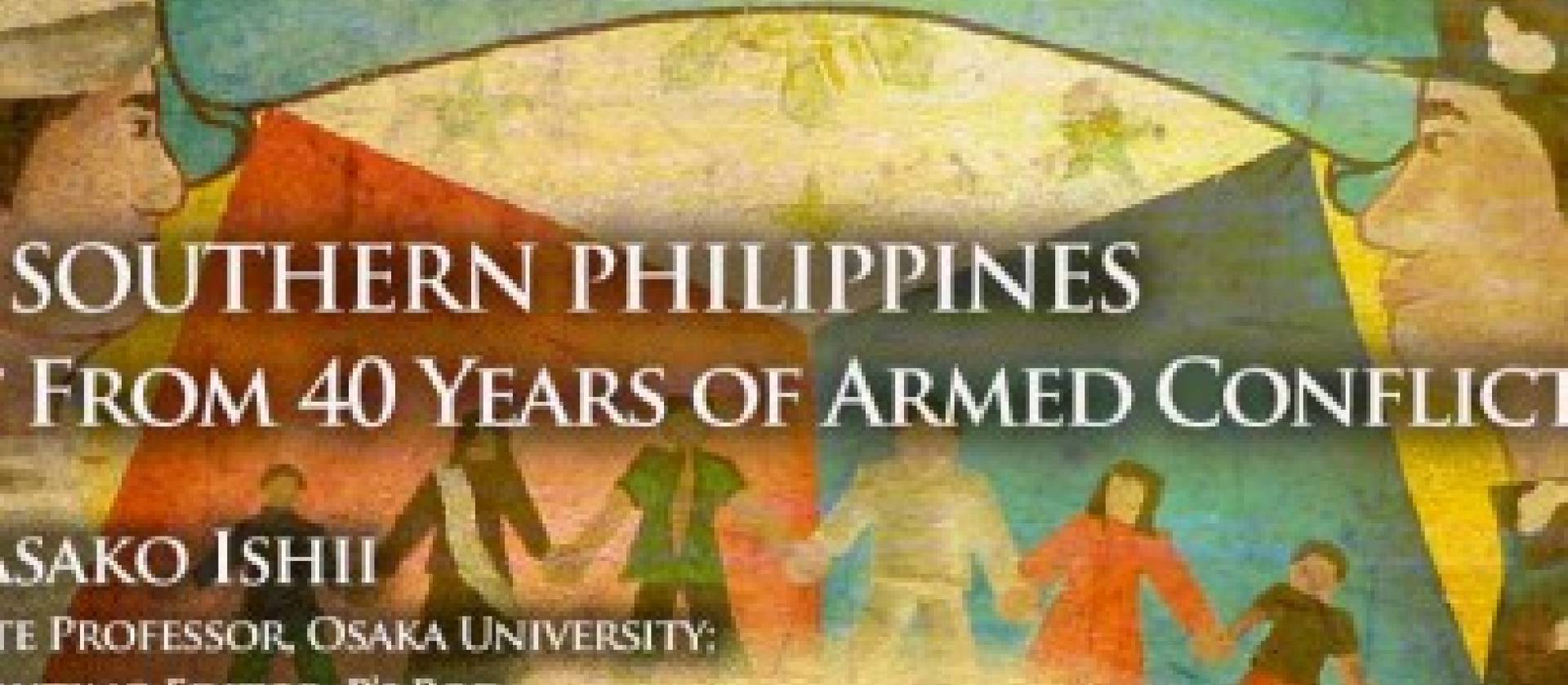
INTRODUCTION:
The Philippines is a predominantly Christian country, but there are some Muslims living mainly in Mindanao Island, Palawan Island, and the Sulu archipelago, in the Southern Philippines. For over 40 years armed conflict has been a chronic feature in the Southern Philippines. It began around 1970, when the local population—robbed of political rights and economically deprived—mainly led by Muslims formed the Moro National Liberation Front (MNLF) to fight for independence from the Philippines. Since then, this conflict—without as yet a resolution—has been variously called as the “Moro problem,” “Muslim problem” or the “Mindanao problem.” Muslim academics retort and call it a “Christian problem.” 1 In Japan, it is known more often as the “Mindanao conflict.” However, I prefer to call this the “Southern Philippine problem” or the “Southern Philippine conflict.” There are several reasons. First, Southern Philippines include Mindanao Island, Palawan Island and Sulu archipelago, but the local situation differs from each other. Mindanao and Sulu, in particular, have different histories and sources of conflict; we cannot treat all of them as the “Mindanao problem.” Second, since the 1976 Tripoli Agreement was signed on December 23, 1976 between the MNLF and the Philippine government in Libya’s capital, Tripoli, the Moro separatist forces have changed their demand from “independence” to “autonomous rule” within the Philippine sovereign state. The Southern Philippine problem arose in this process of this region’s becoming part of the Philippine state, and at issue is how to redefine the region’s position vis-à-vis the Philippine state. Later on, the MNLF resumed armed conflict with the Philippine government over the implementation of the 1976 Tripoli Agreement, but on September 2, 1996 the two parties signed the 1996 Final Peace Agreement. 2 However, the two parties could not agree on the ways to set up the new autonomous government, and negotiations on the implementation of the Final Peace Agreement continue to the present. On the other hand, the Moro Islamic Liberation Front (MILF), the splinter group from the MNLF, has been repeating armed clashes and peace negotiations with the Armed Fores of the Philippines . It is between these two parties that numerous peace negotiations have been taking place since 1997, and that the Framework Agreement on the Bangsamoro (FAB) toward final peace between the two parties was signed on October 15, 2012. This FAB included the roadmap toward the establishment of the Bangsamoro Government in 2016 (Table 1).
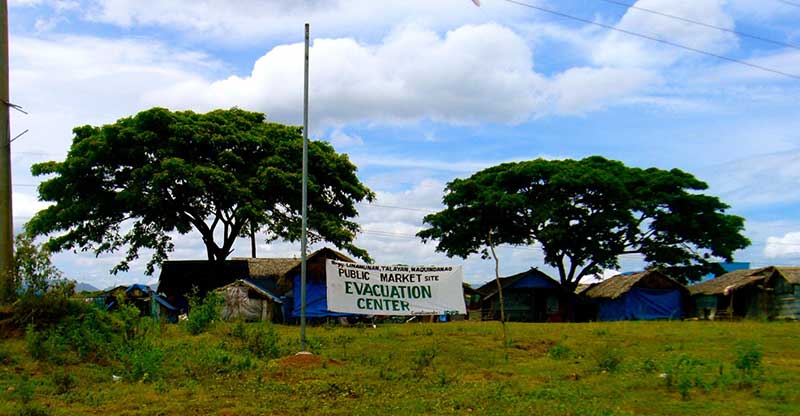
CHALLENGES AHEAD
The death toll in the last 40 years of conflict is said to have been over 120,000. 3 The conflict has also produced several million internally displaced people. As a result the regions where Muslims live have become the country’s poorest. 4 In view of the sufferings of the ordinary people, I am compelled to wish for lasting peace in the southern region. However, there are still many more hurdles to overcome before the two parties reach the final, Comprehensive Agreement. First, the FAB planned to draw up the four Annexes regarding, “power sharing which includes the principles on intergovernmental relations,” “wealth sharing,” “normalization,” and “transitional arrangements and modalities,” to conclude the Comprehensive Agreement together with the FAB. Initially, the Annexes were to be written shortly after the FAB, and there were even reports that the Comprehensive Agreement might be signed within the year 2012. 5, it took until February 27, 2013 for the Annex on the “transitional arrangement and modalities” to be signed, and the remainders are still under discussions. On the other hand, the fifteen members of the Transition Commission responsible for drafting the Bangsamoro Basic Law were announced on February 25, 2013. Seven members from the Philippine government and eight from MILF were selected and Mohagher Iqbal, long standing representative of MILF’s peace panel, was chosen as the chairman of the commission. At the time of the announcement, the Philippine government suggested that the commission might also include someone from MNLF’s Misuari faction, 6 but in the end no one who could speak on MNLF’s behalf was chosen. Conflict in the Southern Philippines involves various peoples and groups. There are many anti-government armed groups and militias beside MILF and MNLF. In terms of population size the Christian immigrants and their descendants as well as indigenous peoples, Lumad, who did not convert to Islam outnumber the Muslim population. 7 The regional difference between Mindanao and Sulu has become clearer with the incident of the “Sabah Standoff” where the “Royal Sulu Army” had occupied Lahad Datu, Sabah, Malaysia in March 2013. In the incident, Jamalul Kiram III, who claims to be Sultan of Sulu, expressed the discontent over the peace process between the Mindanao-based MILF and the Philippine government. 8 The resolution of the conflict very much depends on whether an agreement can be forged among these various parties.
THE ROLE OF THE INTERNATIONAL COMMUNITY
The international community has been offering a variety of assistance to the conflict and peace process in the Southern Philippines. In July 2006, the Japanese Government announced the “active contribution to the Mindanao peace process by Japan.” The assistance project is called, “Japan-Bangsamoro Initiative for Reconstruction and Development (J-BIRD).” J-BIRD sends Japanese development experts to the International Monitoring Team (IMT) that is responsible for ceasefire monitoring and humanitarian assistance. Japan’s sending experts to the IMT is considered a significant step in Japan’s peace-building efforts for two reasons: the process does not involve the United Nations and it is peace framework led by Islamic states. Japanese peace-building assistance tends to have UN cover or to be within a framework agreed upon by the international community, where most Western countries tow the same line. However, in the case of the Southern Philippines it has been the member states of the Organization of Islamic Cooperation (OIC), such as Libya, Malaysia and Indonesia, who have played the role of the mediator for peace since the conflict began in the early 1970s. The real test to bring about lasting peace in the Southern Philippines begins now. It is crucial that the international community, including Japan, cooperate with the OIC countries in order to improve its understanding of the complex sources of conflict in the Southern Philippines, with the thoughts to cultivating ways to connecting the diverse actors and parties to the conflict.
TABLE 1:
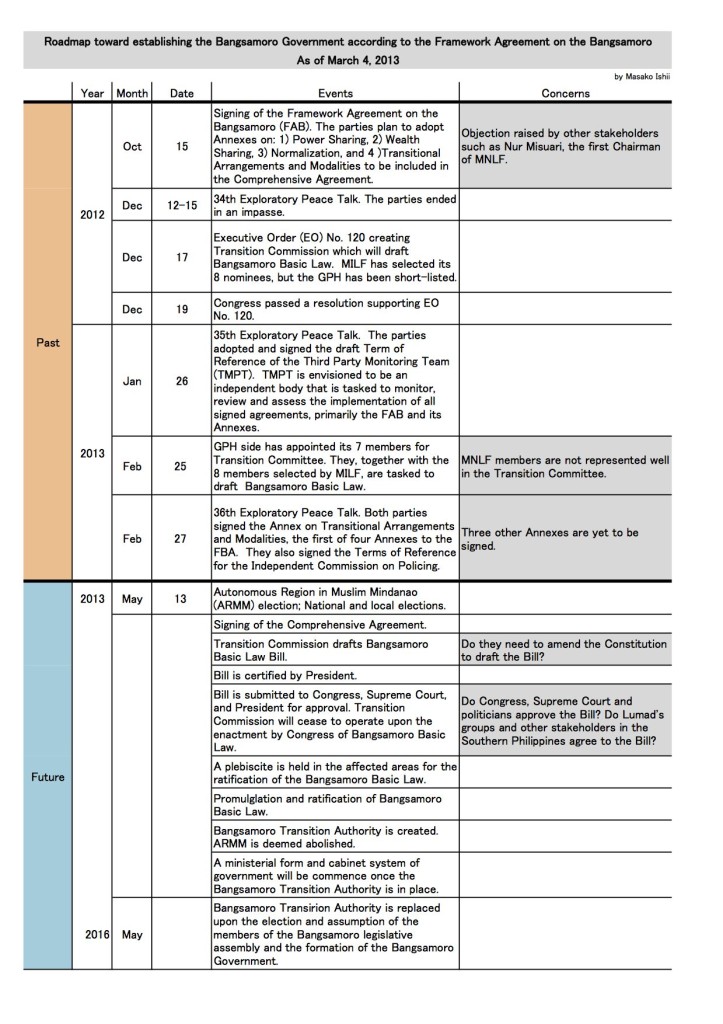

Link to P’s Pod March 2013.
Disclaimer: The views expressed in the articles in P’s Pod are personal views of the authors and do not represent views or positions of particular institutions, organizations, groups or parties, including those of the authors and the universities of P’s Pod editorial team, unless otherwise stated.
Notes:
- 1. Soliman, Santos. The Moro Islamic Challenge: Constitutional Rethinking for the Mindanao Peace Process, (Manila: University of the Philippine Press, 2001), pp. 39-54.
- 2. Formally called, 1996 Peace Agreement with the Moro National Liberation Front; commonly referred to as 1996 Final Peace Agreement.
- 3. However, the death toll reported in the mid-1990s has also been 120,000. Considering the fact that many more have died in the last 20 years it is evident that there is no systematic data on the death toll.
- 4. According to figures in the UNDP’s (UN Development Programme) Human Development Index (HDI), the 5 provinces in the Autonomous Region in Muslim Mindanao are positioned within the bottom 10. Philippine Human Development Report, (Human Development Network, 2006), p. 103.
- 5. Geronimo, Gian C. Leonen. “Bangsamoro Agreement Annexes Likely to be Done by End-2012,” GMA News, October 23, 2012
- 6. In April 2001, the members of the MNLF central committee expressed discontent to Nur Misuari’s leadership, MNLF’s first chairman, and core officials of MNLF formed the anti-Misuari faction, the Executive Council of 15 (EC15).
- 7. According to the 2000 Census, the population of the Southern Philippines is estimated to be around 21 million. Kawashima, Midori. Minority and Nation State: Muslims in the Philippines, (Tokyo: Yamakawa Shuppansha, 2012), pp. 9-11 (in Japanese). Lumad is composed by 18 ethno-linguistic groups, and its population is around 2 million.
- 8. GMA News, Sabah standoff a result of peace pact with MILF, Sulu sultan claims. GMA News, Feb. 18, 2013.





